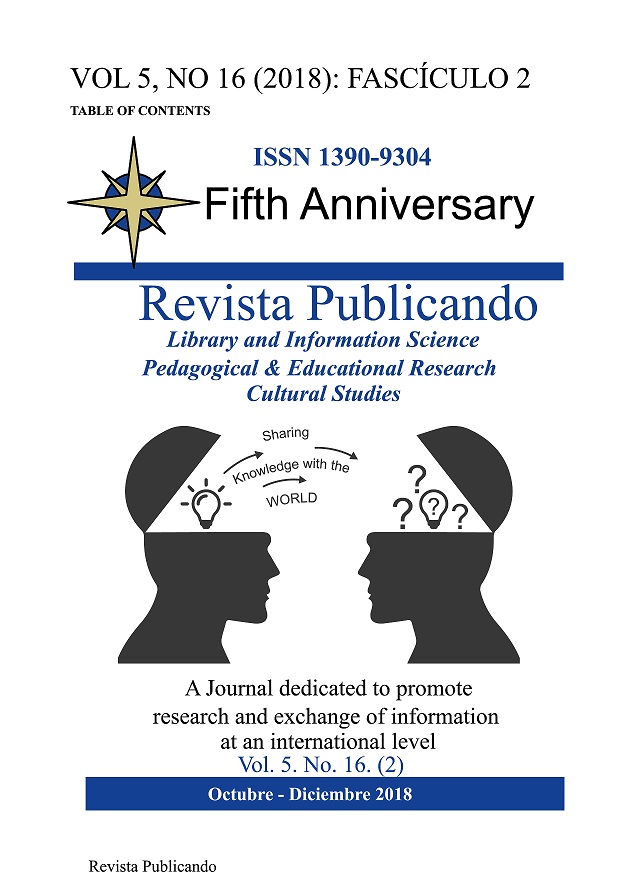Resumen
The present study seeks to study the policy of cultural tourism in Iran after the Islamic Revolution, with emphasis on Isfahan province. To achieve this goal, the cultural policies of Hashemi Rafsanjani, Khatami and Ahmadinejad governments have been investigated in a comparative way. The research method is qualitative and is based on qualitative content analysis. Data collection tools are semi-structured interviews. To this end, semi-structured interviews have been conducted with 21 experts in the field of cultural tourism in Isfahan province. Also, the statistics in the statistical journals as well as the laws and regulations legislated on cultural tourism have been used in each of the above-mentioned governments. Findings of the research indicate that Ahmadinejad's government has been somewhat more successful in the parameter of efficient management. In terms of political interaction, Khatami's government has shown a better performance. In general, Ahmadinejad's government has been more successful than Hashemi Rafsanjani's and Khatami's governments in allocating credits to cultural tourism. In the field of cultural policy, Khatami's government generally worked better than the other two governments, Ahmadinejad's government ranks the second and Hashemi's is the last. Ultimately, in the field of macro strategies, Khatami's government worked relatively better than the other two governments, Ahmadinejad government is the second and, ultimately, the government of Hashemi Rafsanjani ranks the lowest.
Referencias
Ahmadi Shapur Abadi, Mohammad Ali; Sabzabadi, Ahmad (2011). An Analysis of Capacities of Development of Religious-Cultural Tourism in the Metropolis of Qom. Journal of National Studies, No. 46. pp. 83-112
Amirian, Saeed (2010). Tourism Development, Emphasizing Pilgrimage Trips, Program, Eighth, No. 365, pp. 22-25.
Badi, B. (2000). Political Development, Translation by Ahmad Najibzadeh, Tehran, Mes Publishing House, First Edition.
Bana Darwish, Fatima (2003). The role of government and public-sector management in promoting tourism programs. Quarterly Journal of Tourism Studies. No. 1. pp. 23-38.
Chandler, J. A. (2000). Comparative public administration. London and New York.
Denharat, R (2003). Theories of the State Organization, Translation by Seyyed Mehdi Al-Wani and Hasan Danaeefard, Tehran, Saffar Publication, Second Edition.
Ebrahim Zadeh, Isa; Kazemi; Shamsollah; Eskandari Sani; Mohammad (2011). Strategic Tourism Development Planning, Emphasizing Religious Tourism (Case Study: Qom City). Journal of Human Geography Research, No. 76. Pages 115-141.
Flick, Uwe (2009). An Introduction to Qualitative Research, Hadi Jalili Translation, Second Edition, Tehran: Ney publication.
Gil, A. R. Curiel, J. E. (2008). Religious Events as Special Interest Tourism. A Spanish Experience Pasos. Revista De Turismay cultural, vol 6, n.3, pp 419-433.
Hughes, O. E. (1998). Public management and administration: An introduction. New York: Palgrave.
JVV Antúnez (2016). Hipótesis para un derecho alternativo desde la perspectiva latinoamericana. Opción 32 (13), 7-10.
Kamran, Hossein and Shoaa Abadi, Ali (2010). Urban Security Review in Border Towns Case Study of Taibad City, Geography (Journal of the Iranian Geographical Society Journal of Geography). New Volume, Eighth, No. 25, pp. 25-46.
Kiamanesh, AS (2003). Educational evaluation, Tehran, Payame Noor University Press
Lotfifar, Mojtaba, Yaghfouri, Hossein (2012). The role of security in the development of tourism, Cognition, Chabahar, The first national conference on the development of the Makran coast and the Islamic Republic of Iran's naval authority.
Mohammad pour, Ahmad (2013). Qualitative Research Method: Anti-Method 2, Practical Steps and Trends in Qualitative Methodology, Tehran: Sociology Publications.
Partoee, Muluk (2008). The Effect of Tourism Activity on Macroeconomic Indicators During the Third Development Plan (with an overview of the policies of this sector in the fourth development plan), Journal of Economic Magazine No. 77 and 78. pp. 5-14
R Sadykova, B Turlybekov, U Kanseitova, K Tulebayeva. (2018). Analysis of research on Foreign Language Translations of the Epopee «The Path of Abay » Opción, Año 33, No. 85 (2018): 362-373.
Rojas, M. M. (2012). Mexican tourism policy encrypted in comparative and competitive advantage. Geografia em Questí£o, Vol. 5. No. 1. pp: 163 – 185.
Seifzadeh, S. H (2003). Principles and Models of Decision Making in Foreign Policy, Tehran, Government Education Management Center, First Edition.
Shavank, Ch (1991). Basics of Strategic Decision Making, Translated by Abbas Monourian, Tehran, Government Education Management Center, First Edition
Shayesteh Far, Mahnaz (2010). Tourist Attractions of the Religious Buildings of Persian Gulf Ports and Islands., Art Monthly, November No. 149. Pages 66-78.
Shojaei, Manouchehr, Nouri, Nouruddin (2007). The study of government policies in the tourism industry and the presentation of the sustainable development pattern of tourism industry in the country. Management knowledge. 20. Issue 78. p. 63-90.
Taslimi, M. S (1999). Policy Analysis and Decision-Making Process Analysis, Tehran, Samt Publication, First Edition.
Timothy, Dallen J.; Nyaupane, Gyan P. (2009). Cultural heritage and tourism in the developing world: A regional perspective. London: Routledge.
Wang, D., Ap, J (2013). Factors affecting tourism policy implementation: A conceptual framework and a case study in China, Tourism Management, Volume 36. pp: 221 – 233.
Yambushev F.D, Mihajlova U.V., Investigation of arylated arsenic compounds as cardiac stimulants, Astra Salvensis - review of history and culture, No. 10, 2017, p. 491-497.
Zamaidinov A.A., Subaeva A.K., Subaev M.I., Salakhutdinov I.R., Theoretikal justification of geometrical dimensions, grade angle, and guantity of screw lines during cylinder liner metallization, Astra Salvensis - review of history and culture, No. 10, 2017, p. 505-511.
Usted es libre de:
Compartir — copiar y redistribuir el material en cualquier medio o formato
Adaptar — remezclar, transformar y construir a partir del material
La licenciante no puede revocar estas libertades en tanto usted siga los términos de la licencia
Bajo los siguientes términos:
Atribución — Usted debe dar crédito de manera adecuada, brindar un enlace a la licencia, e indicar si se han realizado cambios. Puede hacerlo en cualquier forma razonable, pero no de forma tal que sugiera que usted o su uso tienen el apoyo de la licenciante.
NoComercial — Usted no puede hacer uso del material con propósitos comerciales.
CompartirIgual — Si remezcla, transforma o crea a partir del material, debe distribuir su contribución bajo la lamisma licencia del original.
